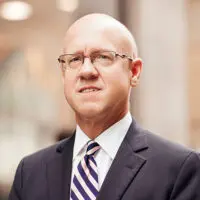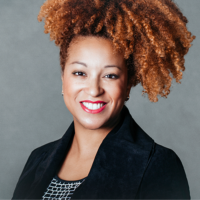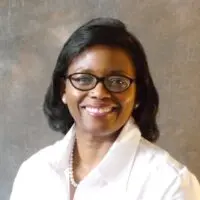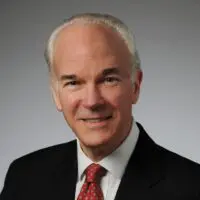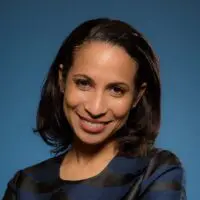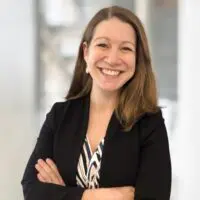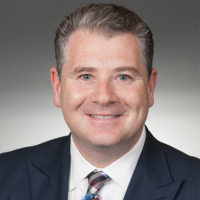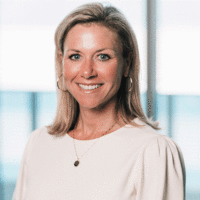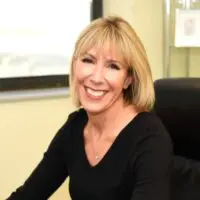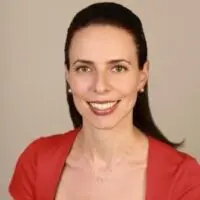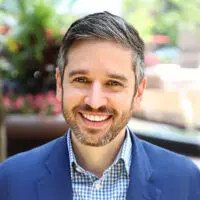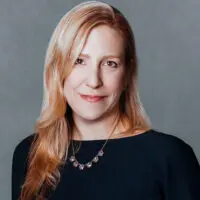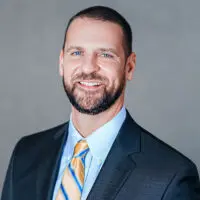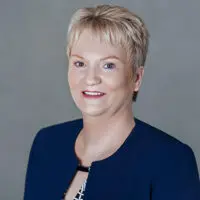At CCS, we often hear from our nonprofit clients that gift officers have little interest in considering small donors as potential major gift prospects. At first glance, the chances seem slim that a donor who just gave $50 will go on to give $50,000. However, upon closer analysis of an organization’s donor data, we often find that a meaningful number of major donors started out by giving a gift under $250.
CCS has developed proprietary coding to analyze the major donor pathway and discover how small donors were converted to major donors in the past. The charts below demonstrate the results of a recent major donor pathway analysis we completed with a human service organization, which answered three key questions:
- How many of the organization’s major donors started out as smaller donors?
- How long does it take to convert a small donor to a major donor?
- What is the relationship between the size of the donor’s first gift and the time it takes to convert to a major donor?
How Many Major Donors Started Out Small?
This human service organization defines a major gift as a donation of $25,000 or more. Upon completing our analysis, CCS found that among the organization’s 732 major donors, 213 started with a first gift of less than $250. That means that almost 1 in 3 major donors were acquired as rather small donors.
This chart demonstrates that smaller donors should not automatically be ignored as potential major gift prospects if other evidence suggests that they could upgrade to the major giving level.
How Long Did It Take to Convert Small Donors to Major Donors?
The following chart shows how many years it took for each of the 732 donors to start giving at the $25,000+ level. We learned that it can take quite some time for small donors to convert to major donors:
- Approximately 48% of today’s major donors took at least five years to start giving major gifts
- Approximately 33% took at least 10 years
- Approximately 7% took more than 20 years
There are many reasons why it may take small donors years to start giving at a higher level. Some donors may have taken years to generate enough wealth to make a major gift. Others may have had the capacity for major giving earlier but were not yet solicited. Fundraisers may interpret this chart as evidence that major gift asks should be made sooner for some compelling prospects, looking to “slide this chart to the left.”
What Is the Relationship Between the First Gift Size and the Time It Takes to Give a Major Gift?
In our analysis, CCS found that the smaller a donor’s first gift, the longer it took for them to give a major gift. Nevertheless, 1 in 10 donors who converted to a major donor within three years started with a gift of $100 or less.
This analysis proves that this human service organization had small donors with major gift potential. The next question is “which of today’s small donors are the most likely to become major donors, like the 200+ who did so in the past?”
To understand which small donors have the potential to convert, CCS pairs major donor pathway analysis with predictive modeling. Predictive modeling uses a variety of donor characteristics to forecast which donors are likely to give a large gift to the organization, resulting in an actionable list of prospects for gift officers to further qualify and cultivate.
As a result of understanding how small donors can become major donors, nonprofits can uncover new prospects for making transformational gifts.
Want to start a conversation?
CCS Fundraising's data analytics services help nonprofits elevate their major giving strategy.
More Insights
Optimize Major Gift Portfolios Using Predictive Modeling Scores
Major gift portfolios determine where relationship managers will spend their time and energy. So, how can nonprofits ensure they're focusing on the right donors?
Major Donor Fundraising: Finding New Prospects With Predictive AI
CCS's Senior Data Scientist John Sammis explains how your nonprofit can use predictive AI to unearth new major giving potential in your donor database.
